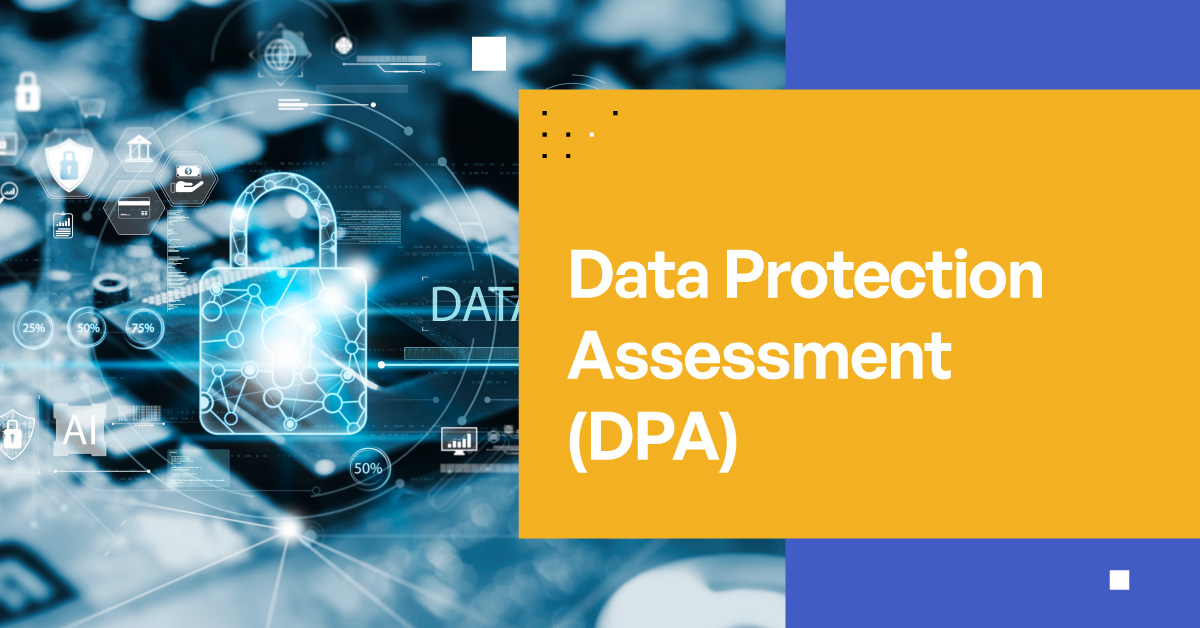Data Protection Assessment: Ensuring Security and Compliance
Data Protection Assessment: Ensuring Security and Compliance
Blog Article

A Data Protection Assessment (DPA) is a critical process that organizations undertake to evaluate their data security measures, identify vulnerabilities, and ensure compliance with regulatory standards. With increasing cyber threats and strict data protection laws such as GDPR, CCPA, and HIPAA, businesses must conduct regular assessments to safeguard sensitive information.
Why is Data Protection Assessment Important?
1. Compliance with Regulations
- Helps organizations adhere to data protection laws such as GDPR, CCPA, PCI DSS, and HIPAA.
- Reduces the risk of legal penalties and data breaches.
2. Identifying Security Gaps
- Detects vulnerabilities in existing security policies and practices.
- Enhances protection against cyber threats like ransomware, phishing, and insider attacks.
3. Enhancing Customer Trust
- Demonstrates a commitment to data privacy and security.
- Strengthens brand reputation by protecting customer data.
Key Components of a Data Protection Assessment
1. Data Inventory and Classification
- Identifying and categorizing sensitive data (e.g., financial, personal, and health information).
- Mapping data flows across systems and third-party vendors.
2. Risk Assessment
- Evaluating potential risks to data confidentiality, integrity, and availability.
- Identifying vulnerabilities in data storage, processing, and transmission.
3. Security Controls Evaluation
- Assessing encryption methods, access controls, and authentication mechanisms.
- Reviewing firewall, intrusion detection, and endpoint security solutions.
4. Incident Response and Breach Management
- Evaluating the organization's ability to detect, respond to, and recover from data breaches.
- Implementing a structured incident response plan (IRP).
5. Employee Awareness and Training
- Ensuring employees understand data protection policies and best practices.
- Conducting regular security awareness training and phishing simulations.
6. Compliance and Policy Review
- Auditing existing data protection policies to ensure alignment with legal requirements.
- Updating privacy policies and terms of service to reflect current regulations.
Steps to Conduct a Data Protection Assessment
1. Define the Scope
- Determine which systems, Data Protection Assessment, and business processes will be assessed.
2. Conduct Data Discovery
- Identify where sensitive data is stored and how it is accessed.
3. Analyze Risks and Vulnerabilities
- Perform a thorough risk analysis to detect security weaknesses.
4. Implement Remediation Measures
- Strengthen security controls based on identified risks.
5. Document and Report Findings
- Create a comprehensive report with recommendations for improvement.
6. Monitor and Continuously Improve
- Regularly update security policies and conduct periodic assessments.
Best Practices for Effective Data Protection
- Adopt a Zero-Trust Security Model: Verify every access request to sensitive data.
- Use Strong Encryption Methods: Encrypt data at rest and in transit.
- Regularly Update Software and Security Patches: Prevent vulnerabilities from being exploited.
- Implement Multi-Factor Authentication (MFA): Strengthen identity verification measures.
- Backup Data Frequently: Ensure data recovery in case of cyber incidents.
Conclusion
A Data Protection Assessment is a proactive approach to identifying security risks and ensuring compliance with data privacy regulations. By implementing robust security controls, conducting regular assessments, and staying informed about evolving threats, organizations can safeguard sensitive information, maintain compliance, and build customer trust. In today’s digital landscape, investing in data protection is not just a regulatory requirement but a critical business necessity. Report this page